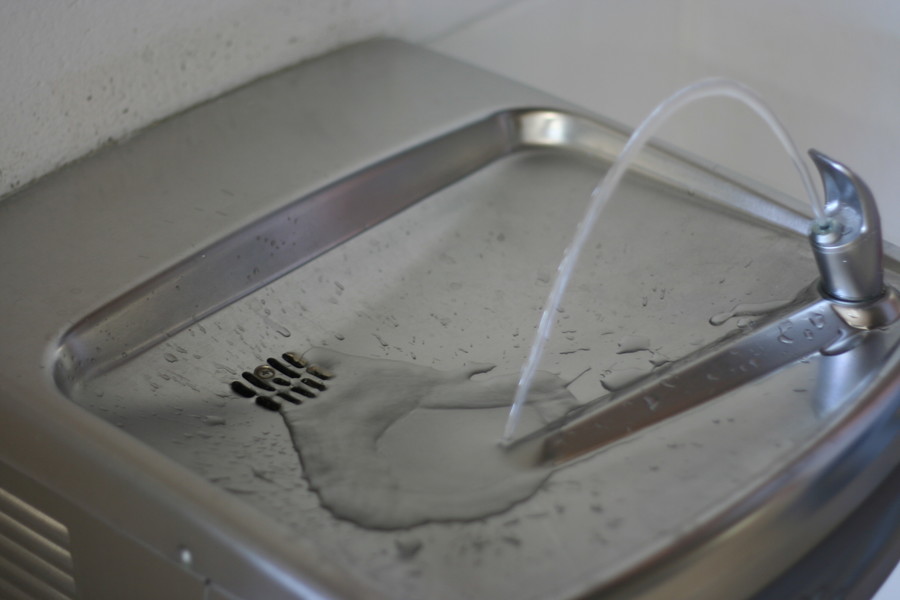Parents wary, but schools pass city’s lead test
Reports of elevated lead levels in water in New Jersey schools have prompted the city’s Department of Education (DOE) to start a new round of testing and to make results of previous tests available online.
In keeping with citywide trends, where the overwhelming majority of schools did not have dangerous results, dangerous levels were not reported at any northwest Bronx public schools. The DOE says since 2002, it has tested the water at every school in the city built before 1986.
Many northwest Bronx schools fall under that category. Out of 23 for which data were available, six were found to have elevated levels of lead after testing began in 2002. Those schools were the Spuyten Duyvil School (P.S. 24), the Multiple Intelligence School (P.S./M.S. 37), P.S. 207, P.S. 310 Marble Hill, DeWitt Clinton High School and the New Visions Charter School for Advanced Math and Science. Subsequent rounds of testing did not yield elevated results at any of those locations.
Still, even before news of lead in the water in New Jersey and Flint, Michigan shocked the country earlier this year, many students in the northwest Bronx avoided drinking from their schools’ water fountains. Many parents said they send their children to school with bottled or home-filtered water in their backpacks.
“I tell her to never drink water from school,” said Elmira Kukaj, the mother of an 8-year-old at P.S. 24 student.
“I was in the public school system my whole life,” Melissa Perez, the parent of a first-grade student at P.S. 37 said when asked why she tells her son never to drink water out of the school’s fountains.
Tutti Mulosmani, the mother of two P.S. 24 students, did not trust unfiltered water anywhere.
“We have our own water machine and they fill up their own water bottles and they take them to school,” she said. “We don’t drink tap water from the faucet, even at home... just because there’s a lot of things going on and I usually filter everything.
“We were just raised not to drink from the faucet water,” Ms. Mulosmani added.
Experts say lead can affect almost every organ and 6-year-old children or younger are the most sensitive to the substance. Health effects of lead in the blood of children can range from hearing impairment and anemia to intellectual disabilities.
Results posted by the DOE show that about 1 percent of the nearly 90,000 samples tested since 2002 have ever had an elevated level. Levels are considered “elevated” when they are over the Environmental Protection Agency’s (EPA) threshold of 20 ppb (parts per billion).
As of earlier this year, the city decided to use 15 ppb as a threshold, according to Amy Spitalnick, a spokeswoman for Mayor Bill de Blasio’s office.
She added that water here is of the highest quality and recent tests were intended to increase transparency and exhibit “an abundance of caution,” Ms. Spitalnick said in an email.
“New York City has a rigorous testing protocol in place to make sure that the water in our schools and child care centers stays safe to drink and use. Today’s announcement creates a new level of transparency for families,” Health Commissioner Dr. Mary Bassett said in a fact sheet produced by the mayor’s office.
There are no federal guidelines for testing lead in water at public schools, but last month, the city said it initiated a new round of testing at all 1,565 public school buildings. Results will be available on the portal as they come in.
To access the site, go to www.schools.nyc.gov and click on a box that says water safety.
The mayor’s office said if any school had one or more outlets that showed elevated levels of lead, an EPA protocol involving regular retesting and flushing of water at the building was implemented.
The portal showed some schools were placed on the protocol even though they did not test positive for lead in their water. Ms. Spitalnick said that was because the decision about the protocol at some schools likely was made before the testing was complete.






